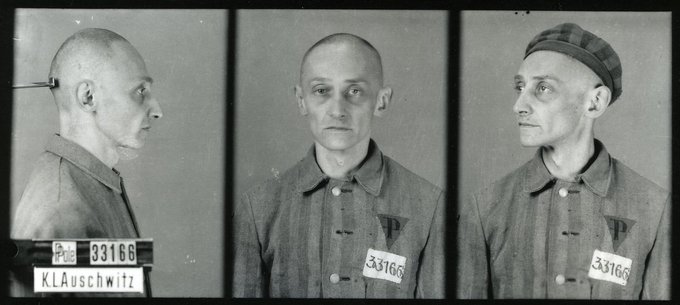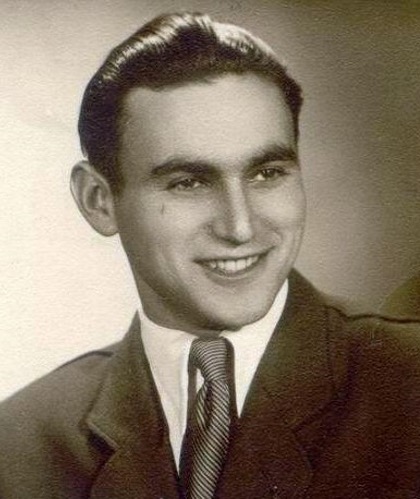
Unique discovery at @AuschwitzMuseum‼️
Inside a child's shoe, personal information of its owner – a Czech Jewish girl, Věra Vohryzková – was found. We also identified a registration photo of her father & a suitcase that belonged to her uncle.
auschwitz.org/en/museum/news…


Inside a child's shoe, personal information of its owner – a Czech Jewish girl, Věra Vohryzková – was found. We also identified a registration photo of her father & a suitcase that belonged to her uncle.
auschwitz.org/en/museum/news…



Věra Vohryzková was born in January 1939. She was deported to Auschwitz from #Theresienstadt ghetto in December 1943 together with her mother, Štěpánka, and her two years older brother, Jiří. They all perished in the camp. 

Věra's father, Max Vohryzek, an owner of a large knitting factory in Dačice, perished in the camp earlier, in July 1942. His camp photograph and a document confirming his death survived and are preserved in the Museum Archives. 

Thanks to extensive parallel research, we were able to link the girl's shoe and a suitcase that belonged to her uncle. František Aufrecht was deported to Auschwitz in September 1944. He perished in Dachau in April 1945, a month before the camp's liberation. 

• • •
Missing some Tweet in this thread? You can try to
force a refresh





























